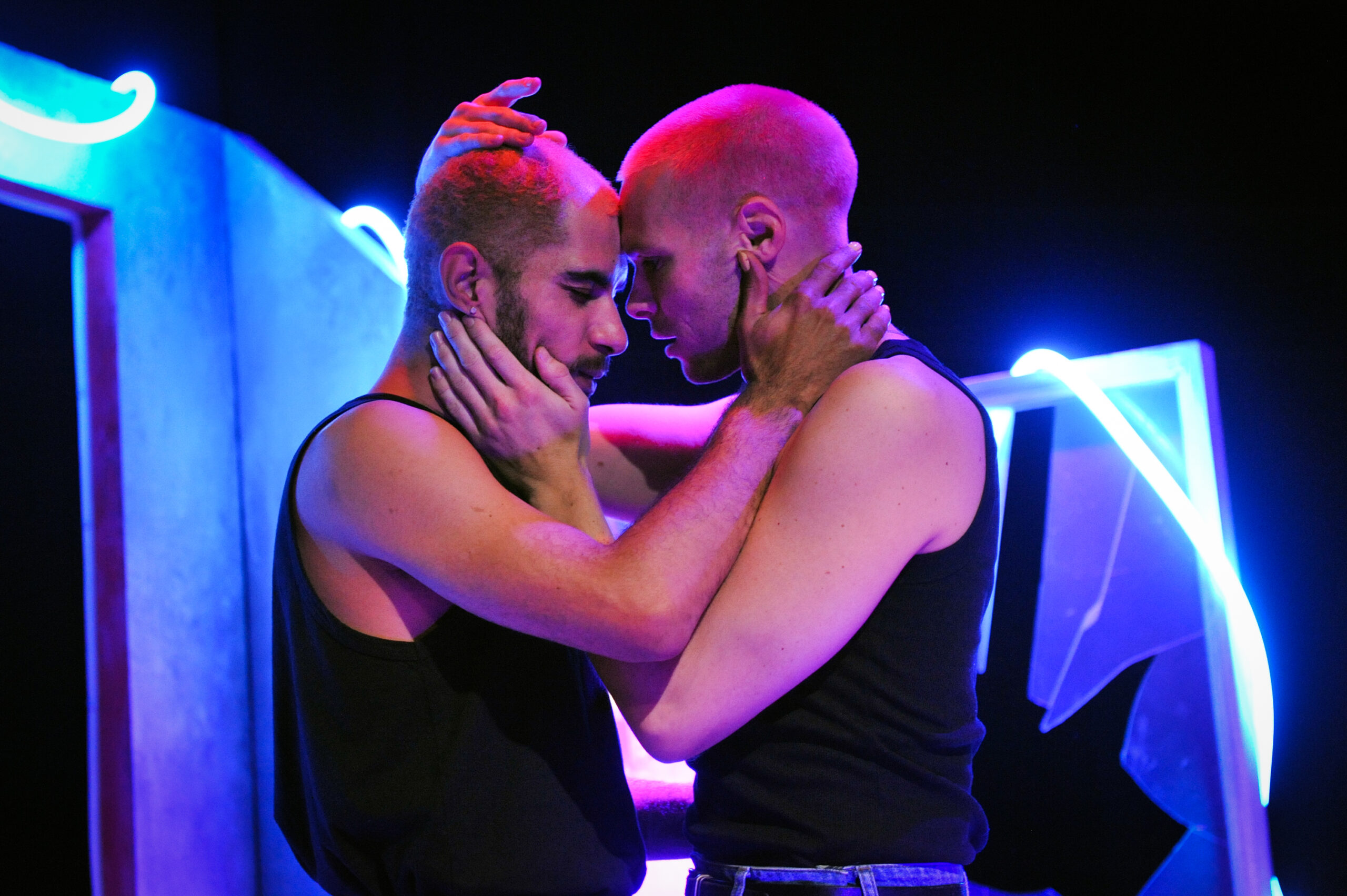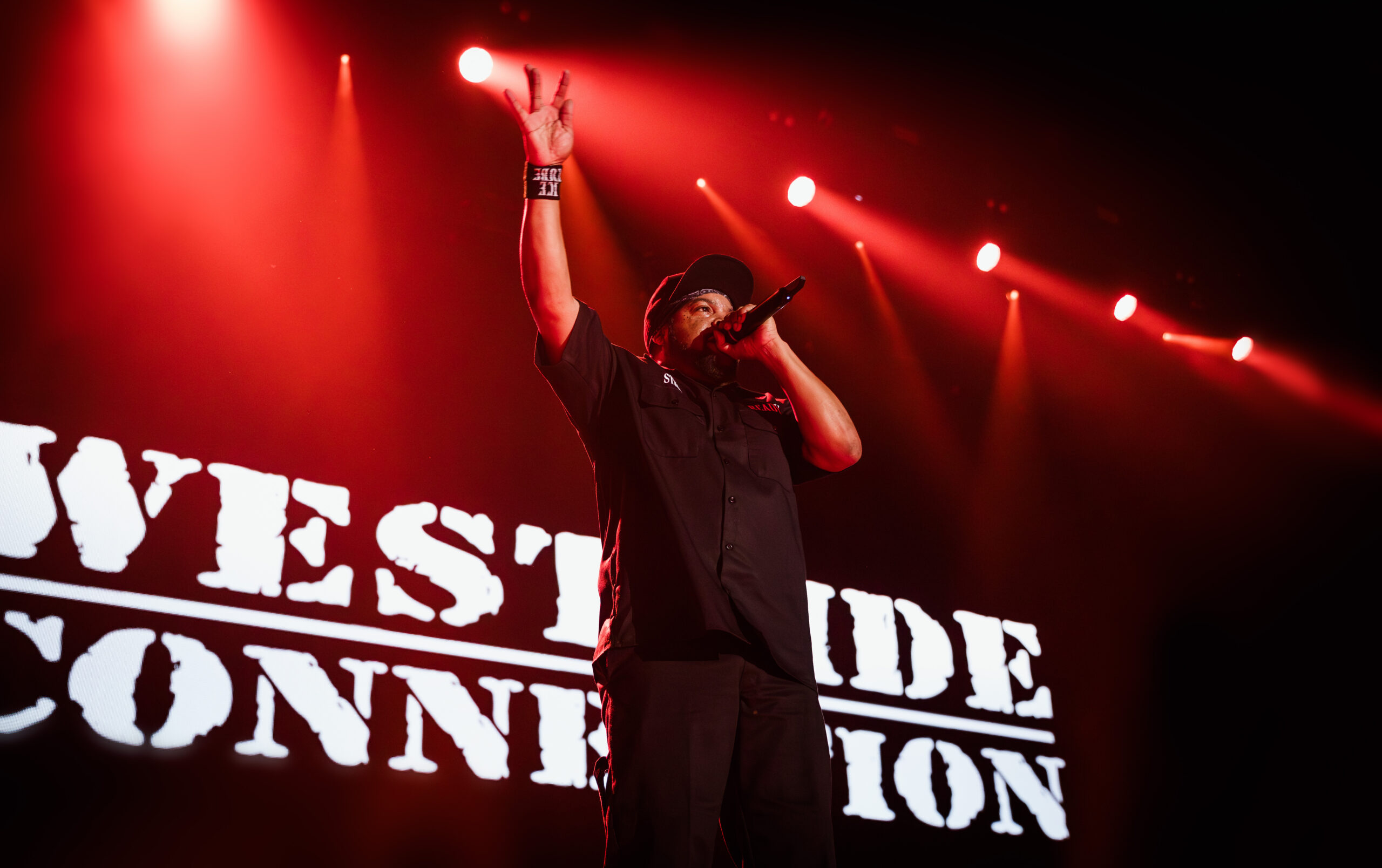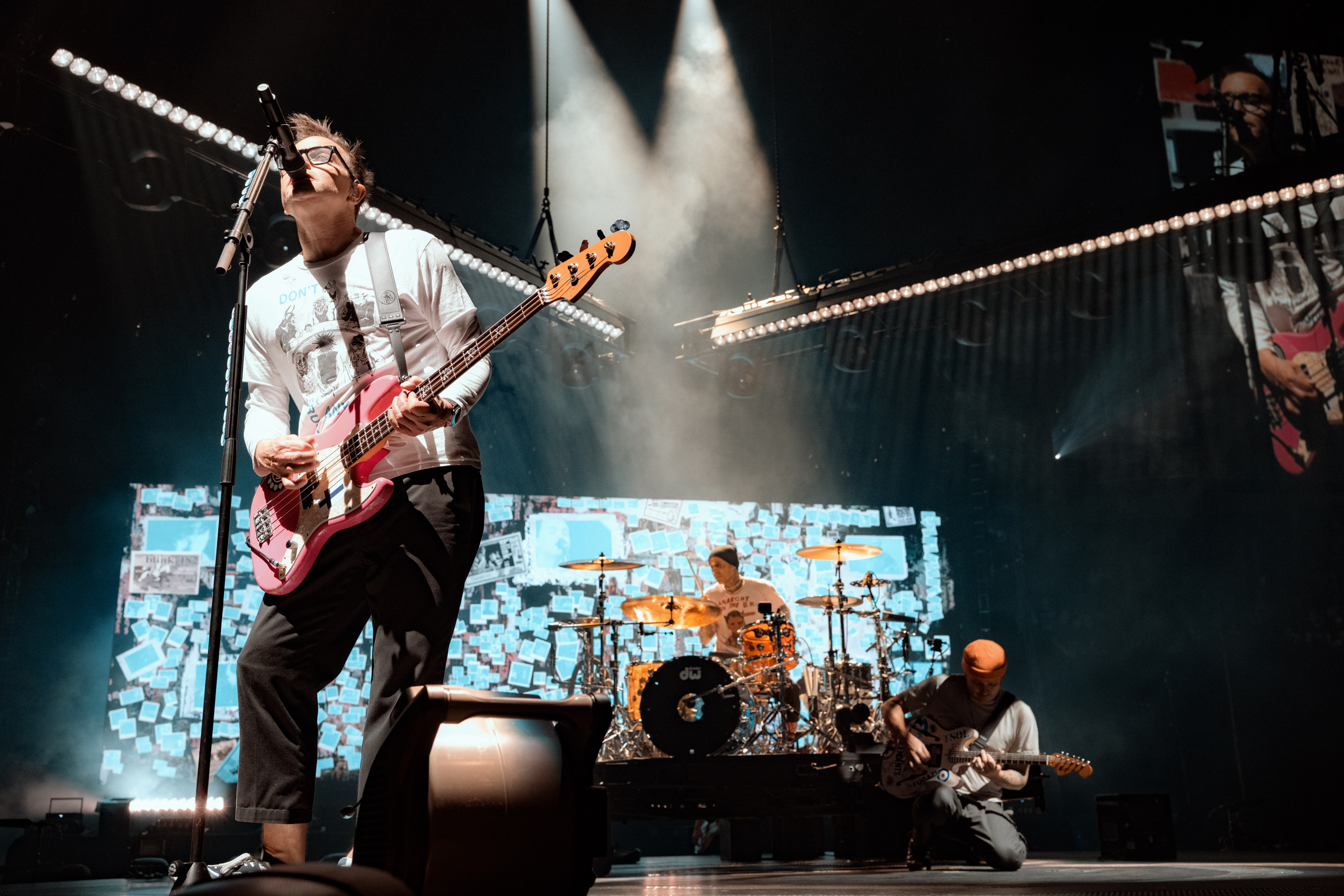Manchester-born, New York-based musician Steven Taylor (pictured right) collaborated with Allen Ginsberg (left) for 20 years. This month marks the sixtieth anniversary of Ginberg’s first reading of his epic, Beat Generation-defining poem Howl at the Six Gallery in San Francisco. The poem condemned 1950s society for its inhibitions and spoke of anti-conformism, of drugs, sexuality and promiscuity. And its perceived obscenity landed one bookstore owner in jail for even selling it. To celebrate, Taylor returns home for Still Howling, an event to be staged at the Wonder Inn in Manchester, 10 Oct. Featuring poetry, music and art linked to the poem, and a symposium composed by Taylor, many people connected to the late poet will be in attendance. His biographer Barry Miles and British poet Michael Horovitz knew the US writer well and both played a part in the legendary International Poetry Incarnation at the Royal Albert Hall in 1965, when Ginsberg headlined. They will both participate in the symposium, alongside Peter Hale of the Ginsberg Trust, plus poets including Christina Fonthes and Elmi Ali. There will be a discussion of Howl’s place and status six decades on and Taylor will collaborate with Horovitz, perform a solo set and give a British premiere to his short choral work Footnote to Howl.
How did you meet Allen Ginsberg and what led you to collaborating for so many years?
At my college there was a series of visits by poets. This was in 1976. I’d seen Robert Bly there, and then later in the series was Allen. The English professor who organised the poetry series was a friend of mine. There was a morning session, sort of a lecture and Q&A, then a lunch break, then a performance. At lunch, the prof introduced me to Allen, who had asked him if he knew a guitarist.
At the show, Allen played a harmonium – I will have that instrument at the event – and I watched his hand on the keys to get the chord changes. At one point, I began to sing a harmony to what he was singing and he got turned on by that.
After the reading, he gave me his phone number. He said that he was going to be making a record with John Hammond at Columbia, and I should come to a rehearsal and watch. A week or so later, we went to his rehearsal with the studio band and the guys suggested I play the session with them. They wanted congas and a penny whistle, and backup vocals. That was the start of it.
Then whenever Allen was playing in the north-east – New York, Philadelphia, Boston – I would go along. Then, ‘77 or ‘78, he asked me to mind the apartment while he was teaching in Colorado for the summer. At that point I left college for several years. My girlfriend and I moved in to a small flat next to Allen’s, and in ’79 we did our first big tour of Europe. We did those once or twice a year through much of the ‘80s I think. Dates are fuzzy. It all runs together in memory.
I was able to write and arrange music, so that allowed him to experiment more. John Lennon had suggested he do a string quartet for Allen’s September on Jessore Road song. And while we were in Holland I arranged that, and we recorded it. So there was a lot of joy, a lot of music and poetry. We had a blast. The collaboration went on 21 years.
What does it mean to you to be participating in the anniversary symposium and concert in Manchester, the city you were born in?
It came as a surprise, first of all. [Critic and academic] Simon Warner invited me, and I talked to Peter Hale, who had been one of Allen’s main assistants, and he said let’s do it. What would be really cool would be to visit the house I grew up in. So if any of your readers happens to live at 58 Carfax Street, please get in touch.
Still Howling is taking place at the recently revived post-industrial Wonder Inn. Do you expect it to be a fitting tribute to the first reading at Six Gallery? How important have spaces such as these been for creative collaboration over the years?
Great point. The Six Gallery was a garage that was made into a studio by six painters, I think. Shared space. There were six poets at the reading where Howl was premiered. The comparison is apt. These spaces are vital. Whole movements in the arts, theatre, dance, music, have come out of garages and warehouses. I only hope they don’t get priced out of there once they’ve improved the neighbourhood.
You once described Ginsberg as the “original hipster”. To what extent do you think today’s youth culture has been influenced by, or echoes, those of the Beat generation?
That’s a big question. Let me take it down to personal experience. When I met Allen, I was struck by his manner of speaking. He was older than my Dad, but he spoke like my crowd, young hippies. It was a mix of Harlem hip talk and white middle-class Amerenglish. That came out of these college boys from top schools – Columbia, Harvard – smoking weed uptown with the jazz crowd. That’s an oversimplification, but that’s the main idea. They hybridised American culture, particularly the youth culture, fading the lines between races, class, and even sexualities to some extent.
The language of Kerouac, which Ginsberg imitated, was inspired by jazz. So in one sense, the Beats were a through line between jazz, literature, and the pop music of the early ‘60s on down. The blurring of lines between genres, and between “high” and “low” culture was a legacy of Modernism. The Beats were late Moderns.
The evening will be the UK premiere of the choral setting of Footnote to Howl. What should we expect?
If all goes well in rehearsal, if I can pull off my part – I’m in the choir – you’ll get the last section of Howl sung in four voices. The piece was the idea of Allen’s long-time secretary Bob Rosenthal, who asked me to compose the piece for a festival performance in New York, the first Howl Festival, in 2003.
Zoe Johnson







Leave a reply
Your email address will not be published.